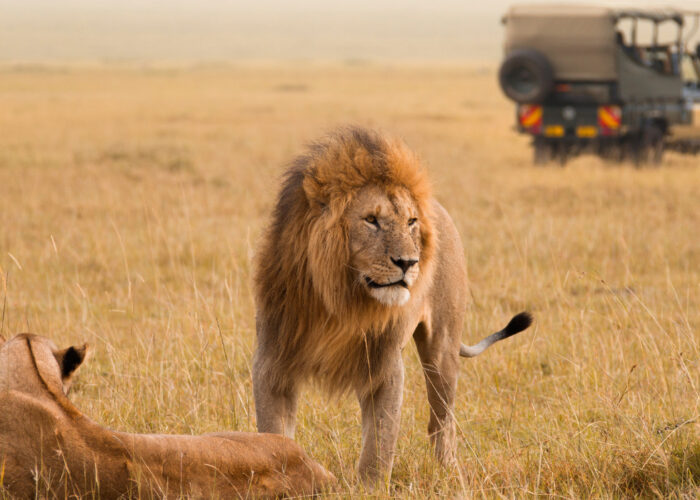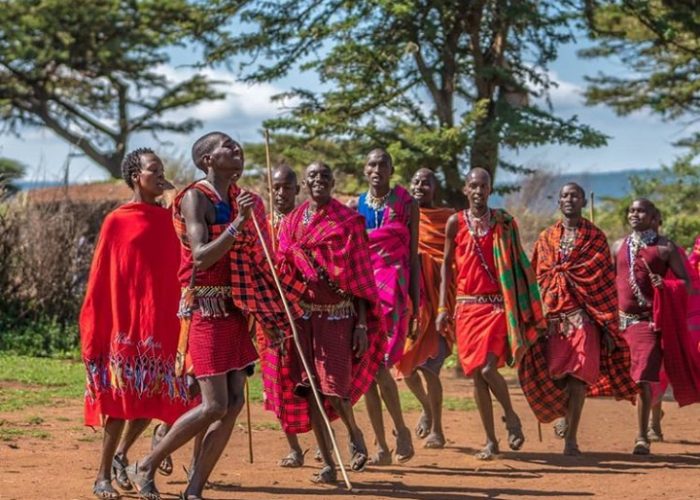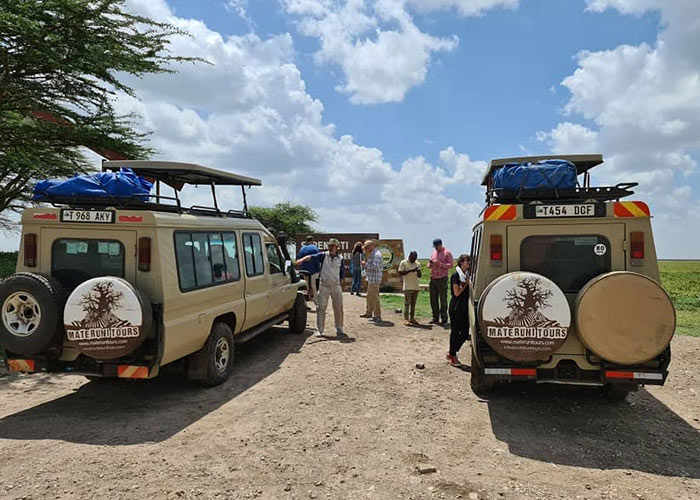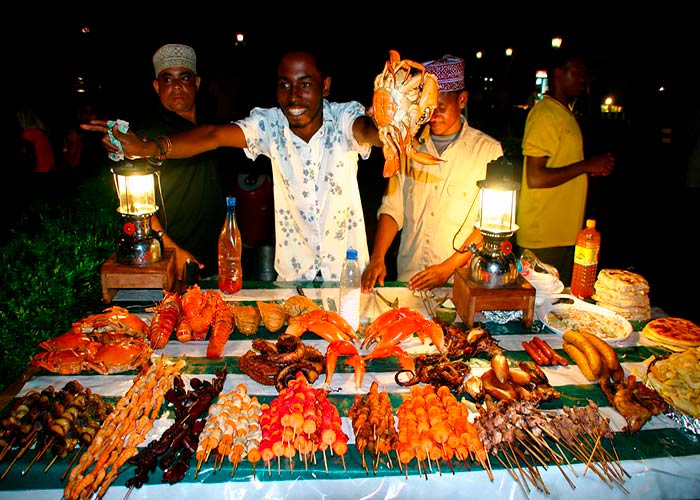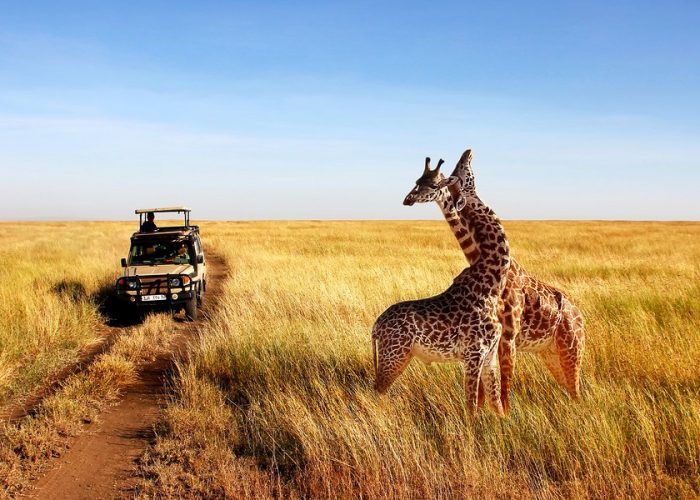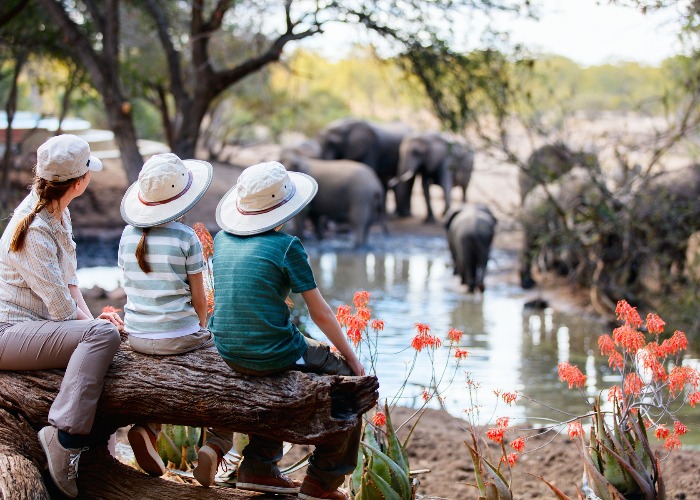6 Days Machame Route
5 Star rated safari company in Moshi, Tanzania on TripAdvisor
6 Days Kilimanjaro Machame Route
Begin your 6 day trip on the Machame Route with this itinerary. The Machame route, often known as “the Whiskey Route,” is the second most popular choice among climbers. This tour offers a wide range of views, landscapes, and experiences. Aishi Machame Hotel is within a 20-minute drive from Machame Gate, the route’s starting point. Machame Gate, on Mt Kilimanjaro’s southern slope, leads to the summit by a unique path that starts in the tropical forest, passes through all temperature zones, and concludes in the Arctic desert in the summit region.
The trek’s camps are deliberately located to allow for a gradual and comfortable acclimatization. On the third day, the Machame Route comes up with the Lemosho and Umbwe routes at Barranco camp.
There are options for a six-day or seven-day climb. The latter is strongly advised for a more comfortable acclimatization.
PLANNING AN ADVENTURE IN TANZANIA?
[post_title]
Full Itinerary
- Total distance (approx.): 10.8km
- Hiking time (approx.): 6 hours.
Pick up from your accommodation at 8am and drive to the Machame Gate of Kilimanjaro National Park (approximately 45 min drive from Moshi town). Here we will process your park fees and the fees for the crew before you will start your ascent. Day 1 trekking takes you through the montane forest ecosystem of the national park- your guide will show you a variety of fauna and flora including a high chance of seeing the Black and White colobus monkey. You will reach the camp between 35pm (you will always be able to go at your own pace so the time varies!) where you will be welcomed with hot water for washing and a nice cup of tea! If you have time and energy there is the option to do a short hike, which offers you extra acclimatization, to a point 100m higher from the camp before returning to camp for dinner and overnight.
- Total distance (approx.): 5.2km
- Hiking time: 3-4 hours
This day’s hiking time is much shorter as it is a much steeper route. Following breakfast at 7:30am you will start your heading out of the forest and heading into the moorland area of the national park. From here you can have a great view of your summit so far and even Mt Meru on a clear day. After a short break for lunch you will start to ascend the undulating rocky ridge of the Shira plateau. Once reaching camp you will again be welcomed by your team of porters and chef with hot water before dinner and overnight. Optional extra 30min hike to Shira Camp 2 (100m extra altitude) where you can see evidence of buffalos that previously came to find calcium here and have a great view of the Shira cathedral (where the 3rd peak of the mountain collapsed millions of years ago).
- Total distance (approx.): 10.7m
- Hiking time: 7 hours
Following breakfast you will leave camp to start your ascent to the Lava Tower Rock. We won’t fib, this will be quite a tough hike and may be the first time you experience altitude sickness due to the higher elevation. It gives you a good opportunity to adjust to the climate at this altitude and the great thing is that, following lunch at the big rock, you get to descend down to Barranco Camp where you will have dinner and overnight.
- Total distance (approx.): 9.4km
- Hiking time: 7-8 hours
Rise at 7:30am for breakfast and then head for a little challenge as you climb up what has been nicknamed the ‘breakfast rock’. It’s all worth it though as at the top of this rock you can have a great view to Kibo peak and its magnificent glaciers, whilst at the same time in the other direction you’ll be able to see Mt Meru. With many increase and decreases in elevation you will pass the valley which marks the last point for water passing on the Machame route. Head back up the valley to Karanga camp where you can stop for lunch and a short break. On your way to Barafu camp you will pass over the alpine forest and volcanic rocks from previous explosions where you will be able to view the entire landscape of the mountain. You will arrive at Barafu camp around 5pm for dinner and then rest up and get some sleep in preparation for your summit night! Although warmer during the day, the Barafu or ‘ice’ camp really lives up to its name once the sun goes down.
Your friendly guide will give you a warm wakeup call at approximately 11pm (depending how well you have fared so far you may get up earlier or later!). From here you will start your ascent to the summit. This is the final push to the top and so your guide will take you at a much slower pace compared to your trekking the previous days, to make sure you have the best chance of getting to the peak, giving your body time to cope with the high altitude. Once you reach Stella Point at 5735m you really have almost made it- only another 45 minutes until you will find yourself at Uhuru Peak, the roof of Africa. Enjoy your time here, take in what will surely be your most memorable sunrise and celebrate with your guide.
- Total distance: 10.8km
- Hiking time: Summit- Barafu Camp (2-3hours) Barafu Camp- Mweka Camp (4-5 hours)
From the summit you will descend back down to Barafu Camp where you will be welcomed by the rest of the crew and enjoy a short break and breakfast. Here you can have a nap for a couple of hours if you wish and depending on the time you arrive. From Barafu Camp you will make your way down to Mweka Camp, passing from desert to moorland terrain. You will reach Mweka Camp at approximately 5pm where you will dinner and overnight.
- Total distance: 8.5km
- Hiking time: 3-4 hours.
Passing through the montane forest, similar to your first day trekking, you will make your way down to Mweka Gate where you will sign out and exit Kilimanjaro National Park. From here you will picked up by our company transport and transferred back to our office in town where you will be presented with you certificate before returning to your hotel for a well-deserved rest!
A great value option, offering fantastic acclimatisation and scenic views on the way up and down this circular route.
- Suitable for: Anyone of average fitness, previous trekking experience not required
- Pros: Circular route with extra acclimatisation treks each day. Start/finish points close to Moshi town therefore cheaper than other routes
- Cons: Being the best value route, campsites can be more crowded during high season
- Trekking Days required: 6 or 7
This popular itinerary takes you the exact same route as the 7 day but at a slightly faster pace. If you are fit, healthy, have trekking experience and are up for a challenge then this one’s for you. The route itself, with its ‘ups’ and ‘downs’ still gives you a great chance for acclimatisation
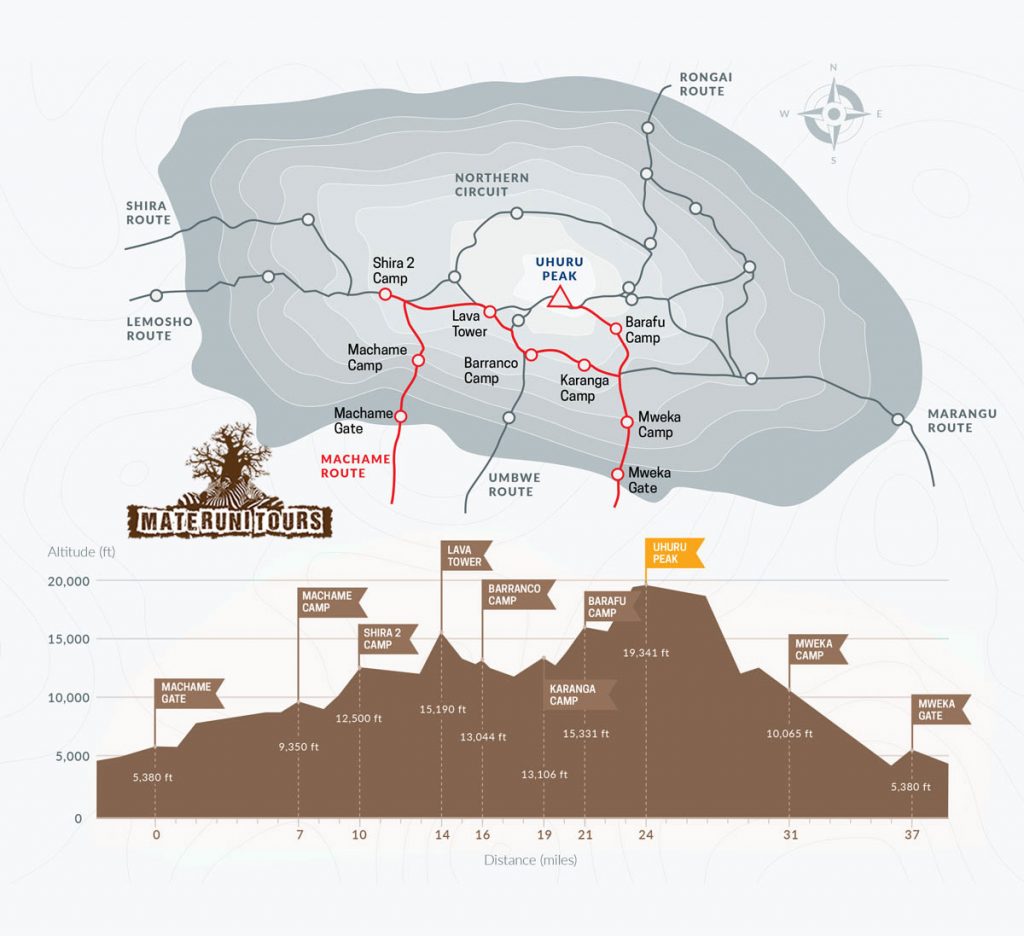
- Included in cost:
- 2 nights hotel accommodation in Moshi/Arusha (before/after the climb)
- Transport to and from Moshi/Arusha to the trail head
- Kilimanjaro National Park permits, camping /huts fees, rescue fee, and Value Added Tax (VAT)
- Expert guide, assistant guides, cook and porters
- Bottled oxygen for emergency rescue only
- Camping tents
- Sleeping pads
- Mess tents, tables, chairs, and lanterns
- Fresh and nutritious meals on the mountain
- Breakfast at the hotel
- The price does not include:
- Airfare and visa fees at airports
- Lunch or dinner at hotel
- Beverages at the hotel
- Personal gears and equipment
- Tipping
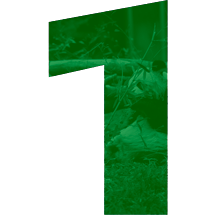
Best Time for Climbing Mount Kilimanjaro?
The best time to climb Kilimanjaro is between the warm and dry months of January through early-March and June through October. When the skies are clear and warm comfortable hiking conditions
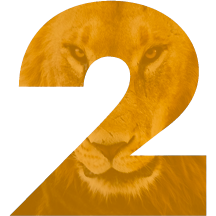
How Much Does Climbing Kilimanjaro Cost?
Cost for safaris in Tanzania depends with the number of people, number of days visiting Tanzania and the type of accommodation on the safari (luxury, midrange and budget options ). Read more
Tanzania Travel
5 Star rated safari company in Moshi, Tanzania on TripAdvisor
Tanzania Safari Experience
Travel Around Tanzania
Depending on your budget and time-schedule, there are a few different options for getting around Tanzania to see all this magnificent country has to offer.
Air travel: Many different airlines now fly within Tanzania and then to other East African countries. These include Precision Air, Air Tanzania and Fastjet, to name a few. The major airports are in Dar Es Salaam (JK Nyerere airport) and Kilimanjaro International Airport (between Arusha and Moshi) but there are also many small airports around many of the 25 regions of Tanzania, including on Zanzibar. Please don’t hesitate to contact us for further information if you are wishing to book flights.
Bus travel: If you have a longer time schedule and a lower budget you might wish to travel the local way- getting to take in the varied landscapes of the country along the way! There are large and fast(ish) bus services between the major cities departing every day. The roads in the east of the company (for example between Dar Es Salaam and Arusha/Moshi) are really good now but if you want to get a bit more off the tourist track and get to the East or South of the country you may be experiencing some bumpy and long rides on largely unmade roads… Either way, we’re happy to help you arrange your plans if you wish to travel this often fun and interesting way!
By sea: For most tourists the only bit of ‘sea-travel’ they may do will be the crossing to Zanzibar Island. There are many different ferry companies doing this journey several times per day. For the more adventurous you may head over East to explore Lake Victoria, Africa’s
Travel around town: You tend to have 3-4 options for getting around; taxis, bajaj (tuk-tuk), boda boda (motorbike taxi) or dala dala (local minibus)… in that price order.
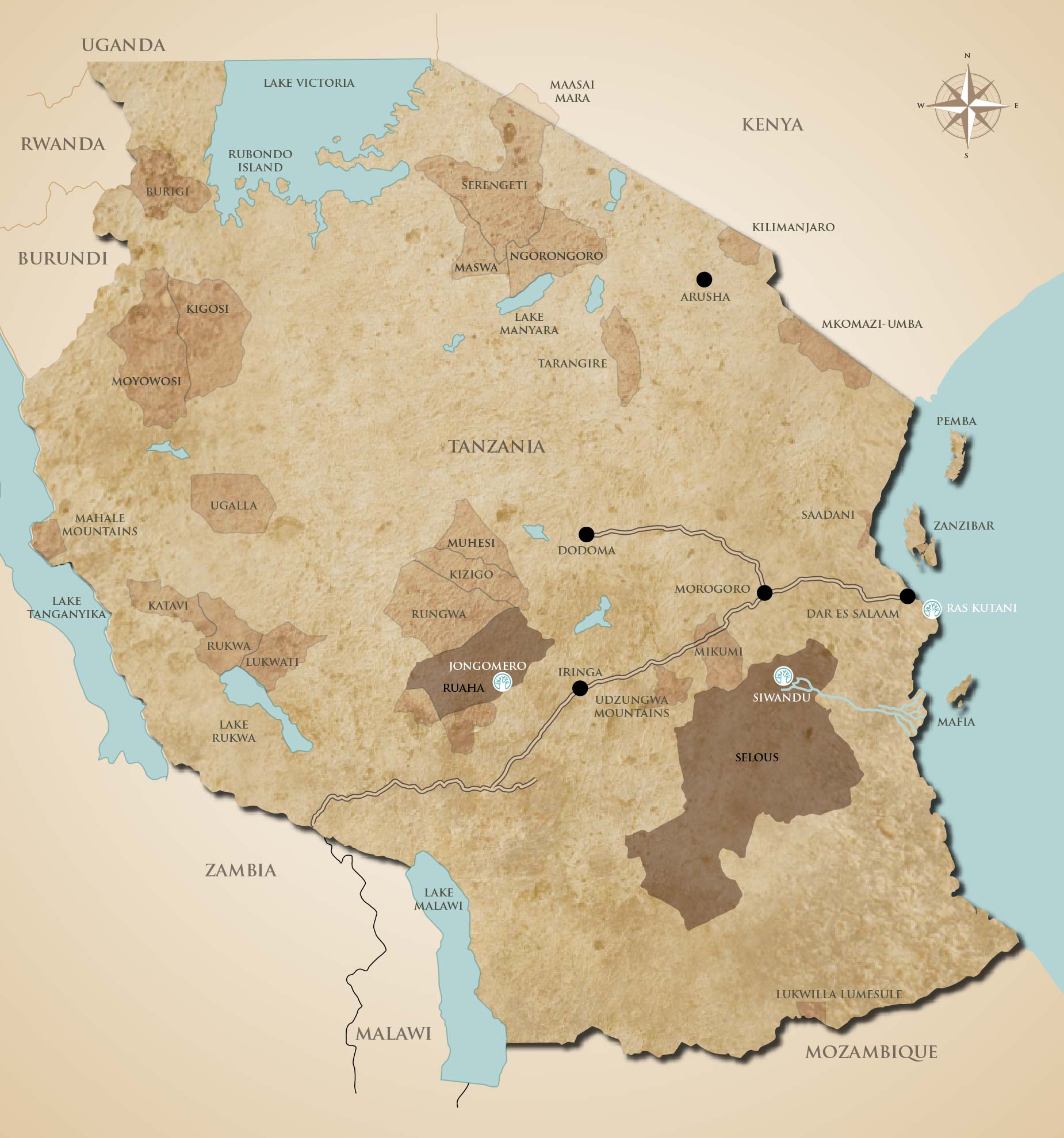
Climate
There are only two types of season in Tanzania- rainy or dry! The long rains occur from the beginning of April until the end of June and the short rains are in November. Some of the best wildlife viewing is done just after the end of the rainy season, at the beginning of July as food is plentiful and the landscape is transformed from dry and dusty to luscious and green.
Temperatures vary across the country depending on your elevation (down to -20⁰C/-4⁰F on top of Kilimanjaro) but the normal temperatures range from 16-32⁰C/60-90⁰F so it is always fairly mild. During the rainy seasons you may need to bring a jumper and some long pants but otherwise you will normally find yourself nice and toasty!
Passport and Visa… and Immunizations!
All tourists visiting Tanzania are required to get a 3 month tourist visa. At the moment they cost between 50-100USD, depending on your nationality. We recommend getting your visa at your local embassy before travelling but you are also able to purchase it at the airport upon arrival.
At the airport you may also be required to show a certificate proving you have been immunised against yellow fever. For the other vaccinations and anti-malarials we recommend a visit to your travel doctor to get all the current information.
Tanzania’s People
Tanzania’s people are known to be some of the friendliest in East Africa… You will find big smiles and warm welcomes from everyone here. Although there are more than 120 different tribal cultures found here there is little conflict in this very peaceful nation. The two main religions in the country are Islam and Christianity- you will find the coast to be mostly Islamic (or 98% in Zanzibar!) whereas inland is predominantly Christian.
Language
In Tanzania we have more than 120 tribal languages but the official language spoken everywhere is Swahili. Here are a few useful phrases to get you started:
Mambo? (what’s up?)…. Poa (everything’s cool)
Habari? (how are you?)… Nzuri (good).
Kwaheri (Goodbye)
Shingapi? (How much?)
Ni naomba….. (Can I please have…..)
Ni naenda…….(I am going….)
Asante sana… (Thank you very much)
Don’t worry about taking intense Swahili classes before your arrival- you will find that in most areas, other than the really rural places, you will be able to get by communicating in English (at most secondary schools they are required to talk only English)!
Currency
The currency used throughout the country is the Tanzanian shilling (tsh). The exchange rate normally hovers between 1500-1600 tsh for the 1 USD. If you wish to bring a currency with you it is easy (in all major towns and cities) to find a bureau de change that will change US dollars, British pounds and the Euro. We also recommend bringing some USD with you as most tourist operations (including park entrance fees, visas etc.) are done in this currency. Make sure that the notes you bring are from no more than 7 years ago as many notes were forged before this time and will not be accepted here!
